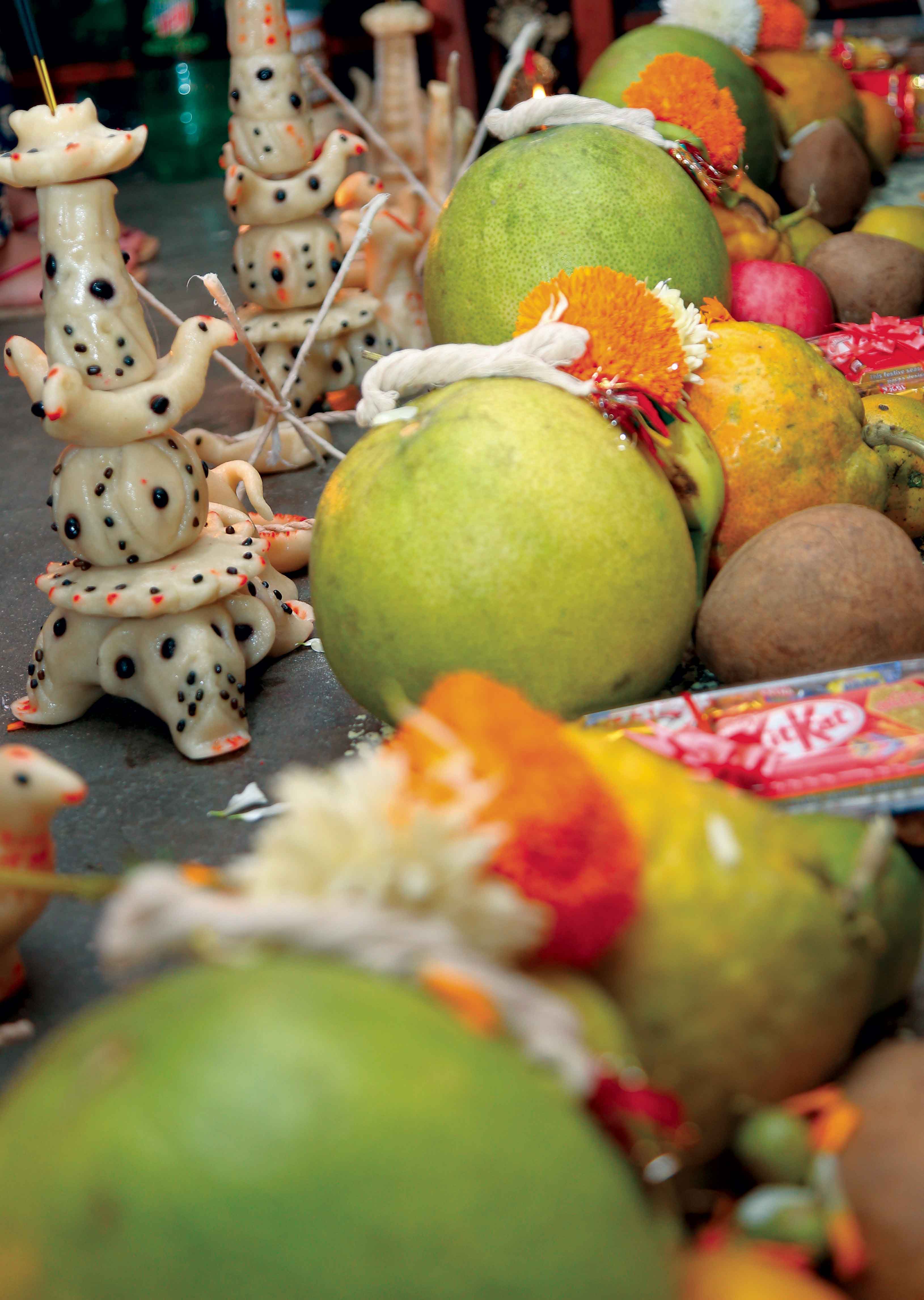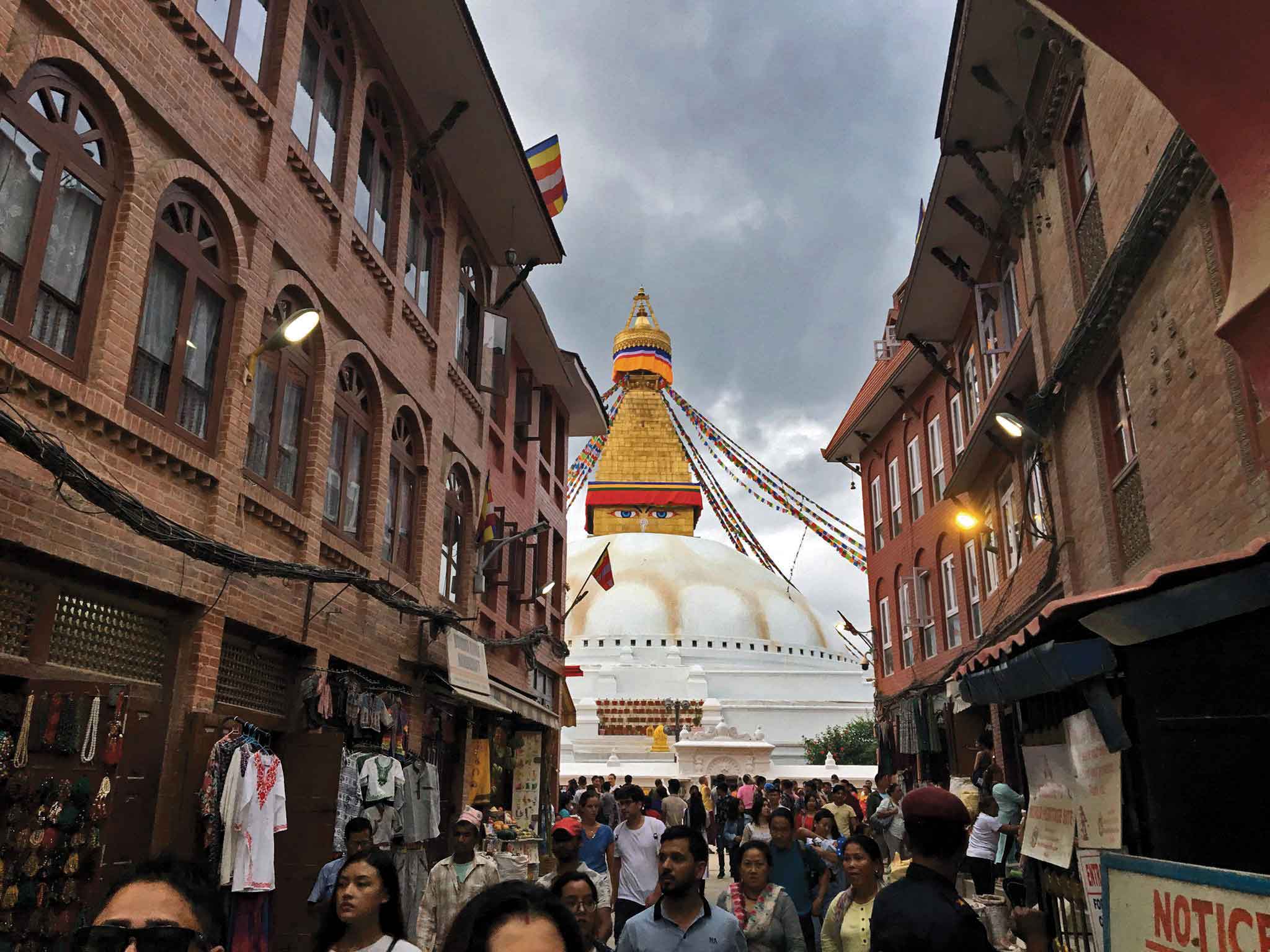Has the trend of blessing your juniors persisted over the years or has Dashain turned into a mere formality?
When did you last buy new clothes? The answer to that question was answered much differently a generation back than it is today. Today we buy clothes any time we want but it wasn’t the same during our parents’ time. One, there was less available in the name of retail shopping and what we call fashion was more of something that generation appreciated in the movies than imitated in real life. But coming back to the question, our parents answered it much easily: “We bought our clothes last Dashain!”
 I remember an elderly member of my family sharing his views on Dashain: “It was a family event. We had many children so we bought cloth in stacks and had clothes made. I remember children getting really excited about their new clothes. Putting tika used to be a lot less tiring. It might be old age, but I remember enjoying Dashain much more than I do today.”
I remember an elderly member of my family sharing his views on Dashain: “It was a family event. We had many children so we bought cloth in stacks and had clothes made. I remember children getting really excited about their new clothes. Putting tika used to be a lot less tiring. It might be old age, but I remember enjoying Dashain much more than I do today.”
If it is true, then how has the trend of putting tika survived for so long? The idea behind putting tika (a mixture of rice grains, curd, red vermillion powder) on the foreheads of the juniors of the family by the elders was to bless the former with long life and prosperity among other things. It is a festival with religious value but one that also plays a significant social role too - in bringing together family from far and wide at least once a year. With extended families and no clear demarcation on who to receive tika from anymore, the five days of Dashain can be more chaos than a joyous family get-together i.e., if you do not have a sense of humor to get you through it.
There might be many for whom Dashain has become a burden – timewise and financially too. Many feel relieved when its over. There are however ways to assess the pros in this. When it comes to weather, Dashain time (mid October this year) is one of the best times of the year. It brings together family members you don’t usually meet and the food is always great. But the most important thing is perhaps the essence of the festival - of family, religion and a strong sense of heritage. There is a reason Dashain is considered the most important festival in Nepal but these reaons are different for different people and in different generations. And this is alright, its but natural and necessary that each generation find reasons to relate to their tradition – this is what makes a tradition belong to a generation. May be it is time we find our own reasons and define Dashain as something more than a religious, cultural festival celebrated with family. Maybe it is time we define out own Dashain.











